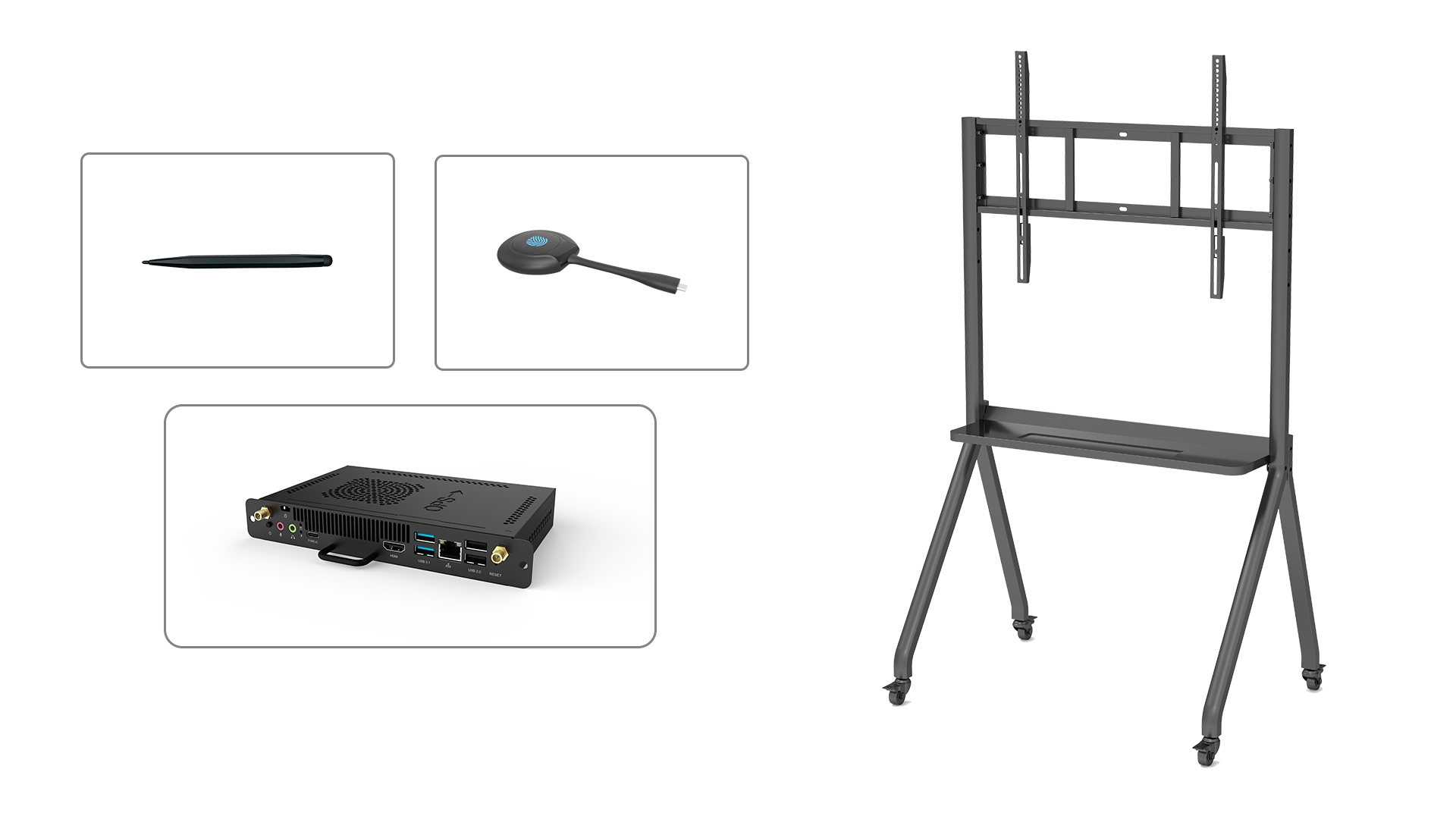Enhanced Visual Learning
One of the major advantages of using a smart board in the classroom is its ability to enhance visual learning. With a smart board, teachers can display visual aids, images, and videos that can captivate students' attention and make the learning experience more engaging. Visual learning has been proven to be effective in retaining information and promoting better comprehension of complex topics. By incorporating a smart board into the classroom, teachers can leverage this advantage and create a more interactive and visually stimulating learning environment.
Improved Student Engagement
Smart boards offer numerous features that can significantly improve student engagement. For instance, interactive quizzes and games can be incorporated into lessons, encouraging active participation and making learning more enjoyable. Additionally, students can directly interact with the smart board by writing or drawing on it, which fosters a sense of involvement and collaboration. The interactive nature of smart boards helps to keep students focused and motivated, leading to increased participation and better overall learning outcomes.
Enhanced Collaboration and Interaction
Smart boards promote collaboration and interaction among students in the classroom. With the ability to display multiple content sources simultaneously, students can work together on projects, presentations, and group activities more effectively. The interactive features of smart boards also allow students to share their ideas and contribute to discussions by directly interacting with the board. This promotes a collaborative learning environment where students can learn from each other and develop important teamwork skills.
Easy Integration of Multimedia Content
A smart board makes it easy to integrate multimedia content into lessons. Teachers can effortlessly incorporate videos, audio clips, and interactive websites into their presentations, making the learning experience more dynamic and engaging. Multimedia content not only captures students' attention but also caters to various learning styles. With a smart board, educators can easily adapt their teaching methods to accommodate different learning preferences, ensuring that every student has an opportunity to grasp the concepts being taught.
Increased Accessibility and Inclusivity
Smart boards contribute to increased accessibility and inclusivity in the classroom. Students with disabilities or special needs can benefit from the various features of smart boards, such as text-to-speech functionality or the ability to enlarge text and images. Additionally, smart boards support multilingual education by allowing teachers to display content in different languages, helping students who are non-native speakers to better understand the material. This inclusivity ensures that all students have equal opportunities to participate and succeed in the learning process.
Efficient Lesson Planning and Organization
Smart boards streamline lesson planning and organization for teachers. With the ability to save and reuse lesson materials, educators can easily access and modify their previous presentations, eliminating the need to recreate content from scratch. Smart boards also allow teachers to organize their lesson materials into different folders or categories, making it easier to locate and retrieve specific resources during class. This efficiency in lesson planning and organization saves valuable time for teachers, allowing them to focus more on delivering quality instruction.
Real-Time Feedback and Assessment
Smart boards enable real-time feedback and assessment, providing immediate insights into students' understanding of the material. Teachers can use interactive quizzes or polls on the smart board to gauge students' comprehension and identify areas that require further explanation. The ability to instantly track and analyze student responses allows educators to adjust their teaching strategies accordingly, ensuring that all students are on track and have a clear understanding of the concepts being taught.
Integration with Online Resources
Smart boards can seamlessly integrate with various online resources, expanding the range of educational materials available to teachers and students. Educators can access educational websites, online tutorials, and digital textbooks directly from the smart board, enriching their lessons with up-to-date and relevant content. This integration with online resources also allows for easy sharing of materials, enabling students to access and review class materials outside of the classroom environment.
Cost-Effective and Environmentally Friendly
Implementing smart boards in the classroom can be a cost-effective solution in the long run. While the initial investment may be higher compared to traditional teaching tools, smart boards eliminate the need for recurring expenses on physical teaching aids like paper, markers, or transparencies. Additionally, the use of digital resources reduces paper waste, making smart boards an environmentally friendly choice. By embracing smart board technology, schools can contribute to sustainability efforts while also benefiting from the cost savings in the long term.
Preparation for the Digital Age
Using smart boards in the classroom prepares students for the digital age and equips them with essential technological skills. As technology continues to advance, proficiency in using interactive tools and digital resources becomes increasingly important. By integrating smart boards into the learning process, students become familiar with digital interfaces, interactive software, and multimedia content, which are skills that are highly valued in the modern workforce. Smart boards provide students with the opportunity to develop and enhance their digital literacy, ensuring they are well-prepared for future academic and professional endeavors.






